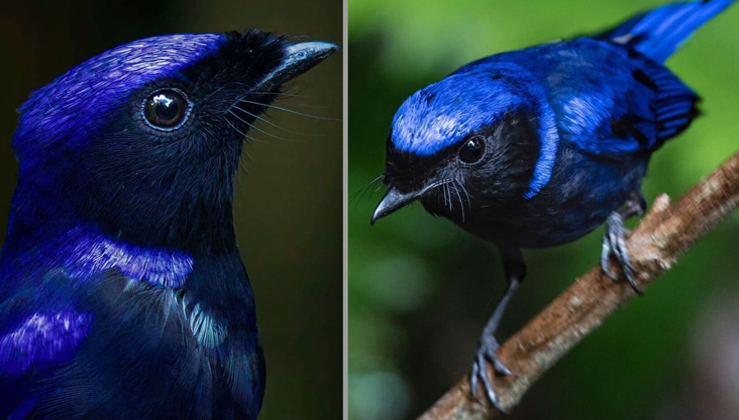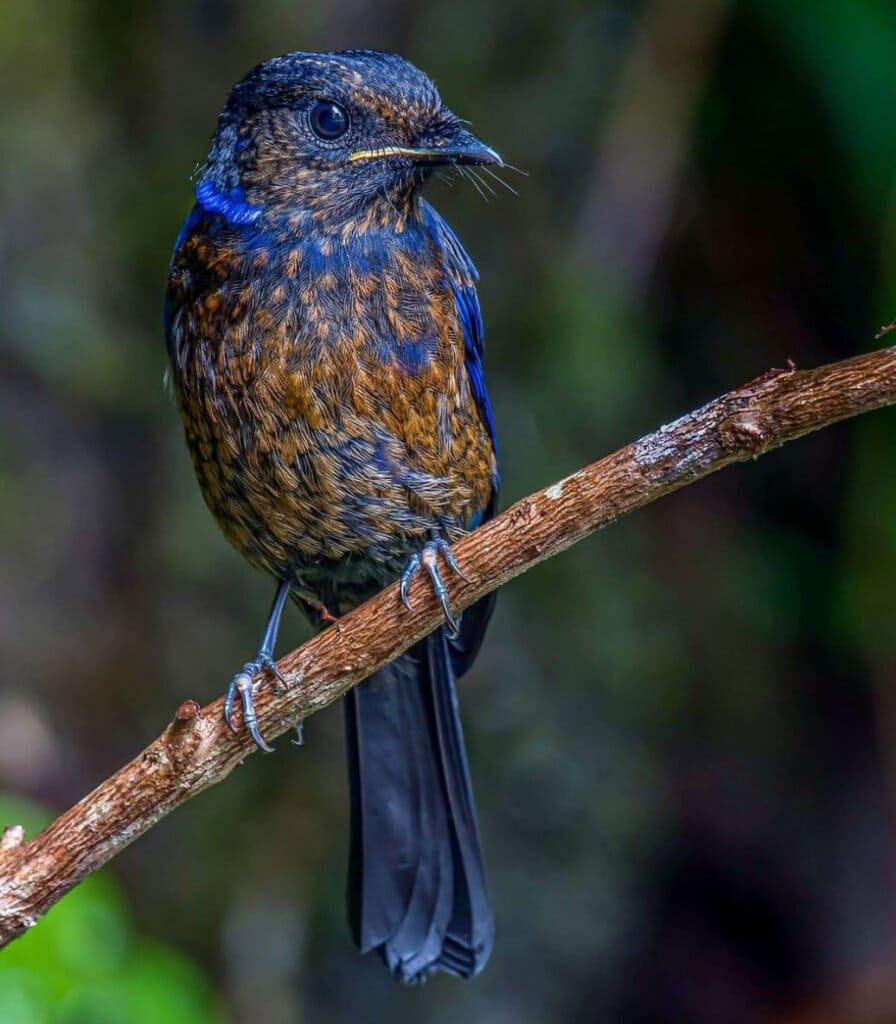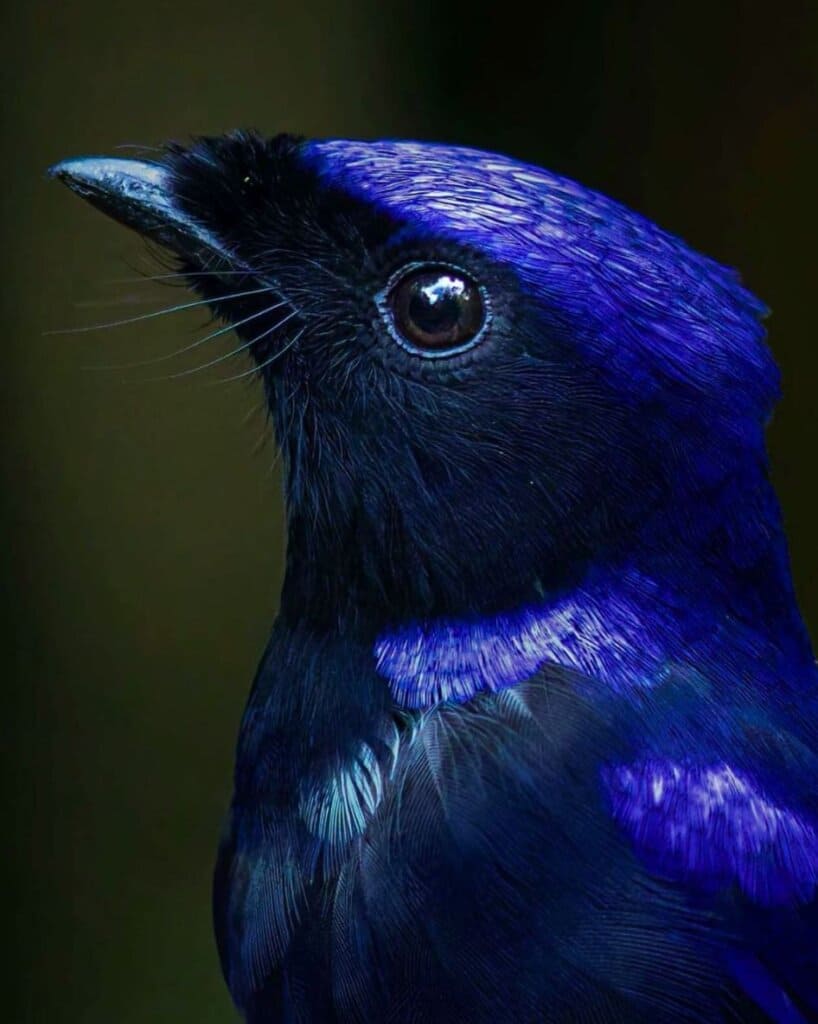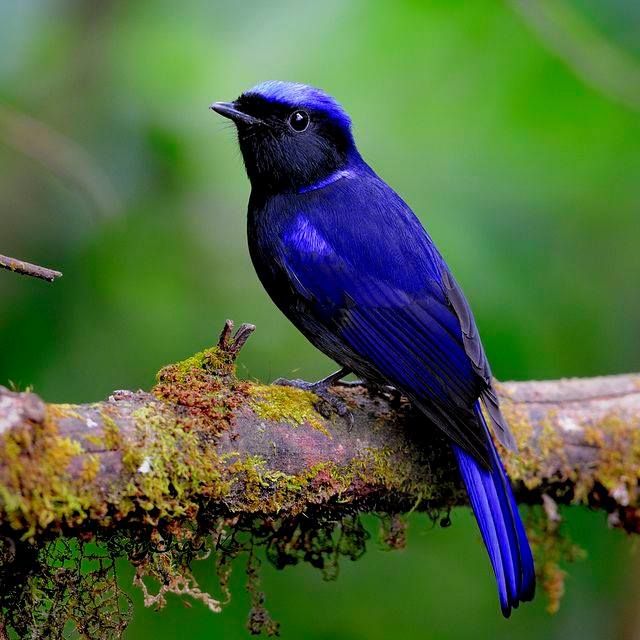The big niltava, scientifically known as Niltava grandis, belongs to the Muscicapidae bird family. Its habitat includes subtropical or tropical montane forests across Bangladesh, Bhutan, Cambodia, China, India, Indonesia, Laos, Malaysia, Myanmar, Nepal, Thailand, and Vietnam.

The nilvata, with its stunning blue feathers covering its head, back, neck, and wings, is a remarkable bird. What sets it apart in its colony is its dark blue face and underparts, creating a striking contrast. It truly is a magnificent creature to behold.

Numerous individuals claim that the blue hues of these animals are incredibly striking and captivating. It’s a fact because I find it hard to look away from these breathtaking fluffy beings. Contrary to the male birds, their female counterparts boast dark olive-brown feathers with vivid blue spots on the edges of their throats. Their wings and tails flaunt the same exquisite shade of blue.

The big niltava belongs to the Muscicapidae family and is a type of bird. As of now, their population appears to be steady. These birds can be found in various regions across Southeast Asia and the Indian Subcontinent, including countries like Bangladesh, Cambodia, China, India, Indonesia, Laos, Malaysia, Myanmar, Nepal, Thailand, and Vietnam.

The magnificent large niltavas are commonly found inhabiting dense and moist tropical forests, as well as rural gardens. They primarily feed on insects, along with other invertebrates and wild berries. When it comes to breeding season, the female large niltavas construct their nests among boulders and tree hollows, even creating holes in rotting tree stumps to lay their eggs. Using moss and plant fibers, they incubate 2-5 eggs for approximately 15 days. After hatching, the chicks are fed for 14 days until they are fully grown and leave the nests to hunt for food.
